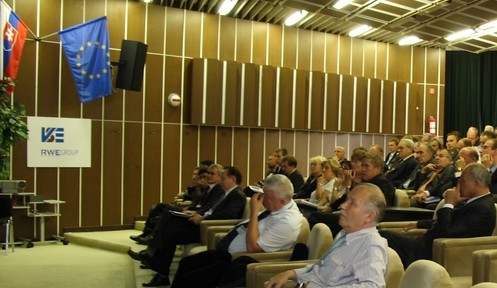|
Model of unsymmetrical three phase power system
Karel Máslo
Transmission System Analysis Department, ČEPS, a.s.
Jan Koudelka
Dept. of Electrical Power Engineering, Faculty of Electrical Engineering and Communication, Brno University of Technology
Václav Vyčítal
Dept. of Electrical Power Engineering, Faculty of Electrical Engineering and Communication, Brno University of Technology
Last modified:
2022-03-21
Abstract
For analysis of distribution power systems are required tools dealing with power system asymmetry. Unlike transmission networks, distribution networks contain significant asymmetry in normal operation mainly due to asymmetry of power lines not perfectly transposed and load unbalance. In addition, more common faults are the unbalanced ones – mainly earth faults. Tool for analysis should be able to deal with the asymmetry and also to solve simultaneous unbalanced faults, e.g. double earth fault or earth fault combined with phase interruption, which is important for fault analysis. The common approach of symmetrical components is convenient for a single unbalanced fault. However, it is impractical for simultaneous faults, for which the phase computations should be preferred. In addition, there is a general requirement for robustness and speed of the simulation tool implying the use of RMS values.
The paper presents the approach to build a three-phase model for MODES network simulator, which was used for transmission system analysis so far. Computations in both symmetrical components and phase values were implemented in order the tool is suitable for distribution system analysis. Its functionality is demonstrated on simple cases imitating real faults, processes and protections in a distribution network – tuning of arc suppression coil, earth fault and double earth fault, directional earth fault relay or faulted phase earthing. Simulation results were validated using a different simulation tool.
The three phase network model in MODES is being extended for analysis of other asymmetrical states and faults, e.g. traction transformers. It will be used for analysis of real distribution networks allowing to study normal operation and faulty states, analytical calculations such as protection settings protections, solving electricity quality issues in terms of asymmetries, as well as for research and educational purposes. Last but not least advantage is its implementation in the simulation kernel, which can be used for various applications, e.g. in dispatcher training simulator.
|
 |
|







